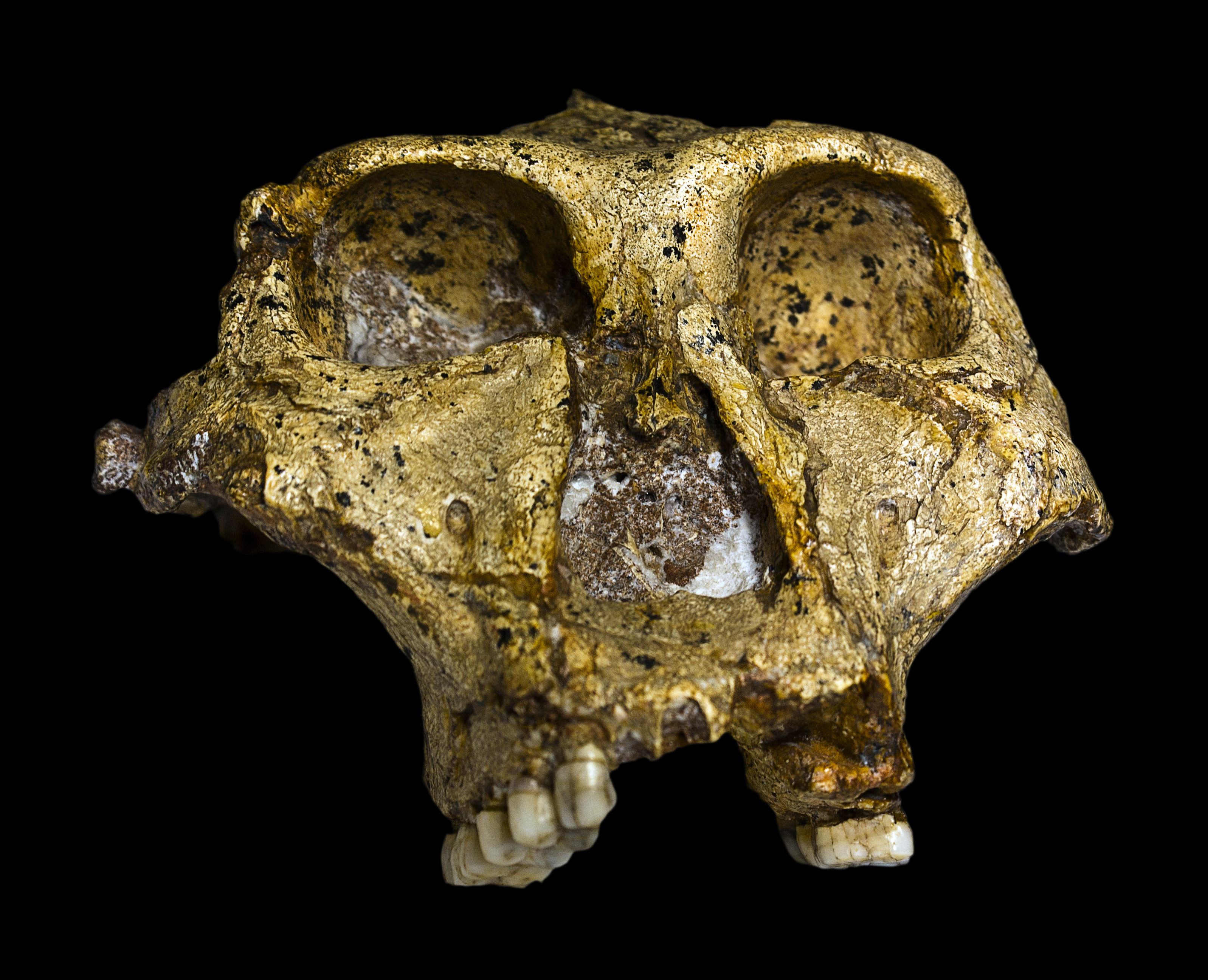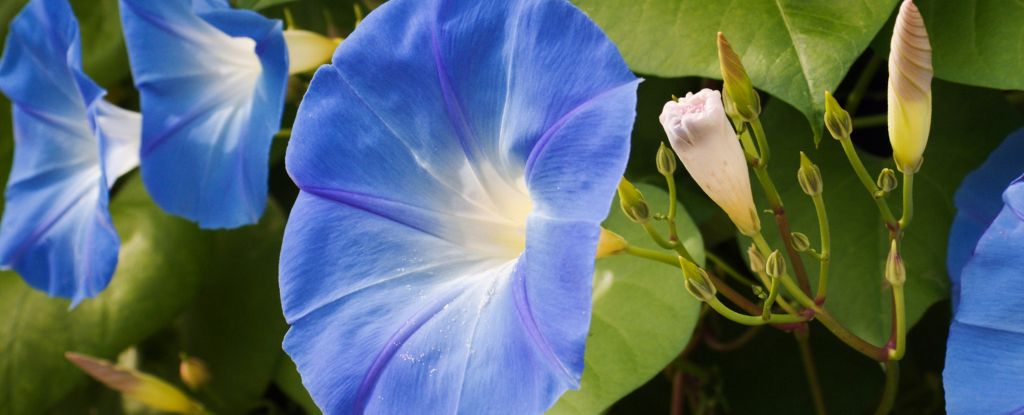Humans news stories
An online survey of ayahuasca users found that non-religious individuals tend to become more religious after experiencing entity encounters while under the influence of the substance. Although men were less likely to be religious before these experiences, gender differences in religious beliefs disappeared after the encounters. The research was published in the Journal of Psychoactive Drugs.

In a bold reimagining of Southeast Asia s prehistory, scientists reveal that the Philippine island of Mindoro was a hub of human innovation and migration as far back as 35,000 years ago. Advanced tools, deep-sea fishing capabilities, and early burial customs show that early humans here weren t isolated they were maritime pioneers shaping a wide-reaching network across the region. See the paper here: https://www.sciencedirect.com/science/article/abs/pii/S2352226725000261?via%3Dihub

Scientists are turning to something that’s been quietly fixing nature for billions of years: mushrooms.
Despite their critical role in the human history of the Pacific region, this group’s genetic diversity is understudied, the researchers say. Their findings are in a paper published in the journal Nature Ecology & Evolution.

Yet another attempt to inject sanity into Britain’s archaic drug laws has failed. The mayor of London, Sadiq Khan, last month accepted Lord Falconer’s modest proposal to decriminalise the possession of small amounts of cannabis. He was stamped on yet again by that citadel of reaction, the Home Office, and its boss, Yvette Cooper.

A new study, led by Palesa Madupe of the Globe Institute at the University of Copenhagen, has revealed protein-based evidence of hidden genetic variation within Paranthropus robustus. This suggests that the prehistoric humans may not have been a single, uniform species after all. The study is published in the journal Science.
Image by – José Braga;Didier Descouens (Wiki Commons)

Archaeologists in Iran have unearthed the unusual skull of a young woman who died in a traumatic incident over 6,000 years ago. The study was published May 22 in the International Journal of Osteoarchaeology.

With its cold climate, short growing season, and dense forests, Michigan’s Upper Peninsula is known as a challenging place for farming. But a new Dartmouth-led study provides evidence of intensive farming by ancestral Native Americans at the Sixty Islands archaeological site along the Menominee River, making it the most complete ancient agricultural site in the eastern half of the United States. The findings are published in Science.

An elusive fungus capable of generating quantities of a compound used to synthesize the hallucinogen LSD has finally been discovered on the morning glory vine after decades of searching. The research is published in Mycologia.

A new study from Tel Aviv University offers a provocative twist: prehistoric humans may have first harnessed fire not to cook their food, but to protect it—from predators, and from spoilage. The study was published in the journal Frontiers in Nutrition.

Researchers enlisted help of AI along with radiocarbon dating to produce new insights into ancient texts
Whale bones dating to 20,000 years ago found at sites around Spain could be the earliest evidence that ancient humans used whale bones to make tools, according to a new study. The findings are presented in a paper published in Nature Communications

Gold mining is literally sucking the Amazon rainforest dry, creating an environment where trees cannot grow, according to a new study.
The new study published in the journal Geoarchaeology shows that geophysical imaging methods can be useful to find other artefacts in open air sites outside caves and rock shelters.

Recent genetic analysis of seven individuals from the area, including a potential royal and a sacrificial burial, revealed that the people of classic Copán had genetic similarities with late archaic (5,600–3,700 years ago) populations, later Maya groups, and modern Maya communities in Mexico. This study published in Current Biology found signs of a dramatic decline—but not complete disappearance—of the Maya population.

DNA records reveal a fascinating timeline, including the existence of an ancient population with genetics unrelated to any modern descendants – a group of people who may have been some of the earliest settlers in South America, but who subsequently disappeared completely. The research has been published in Science Advances.








